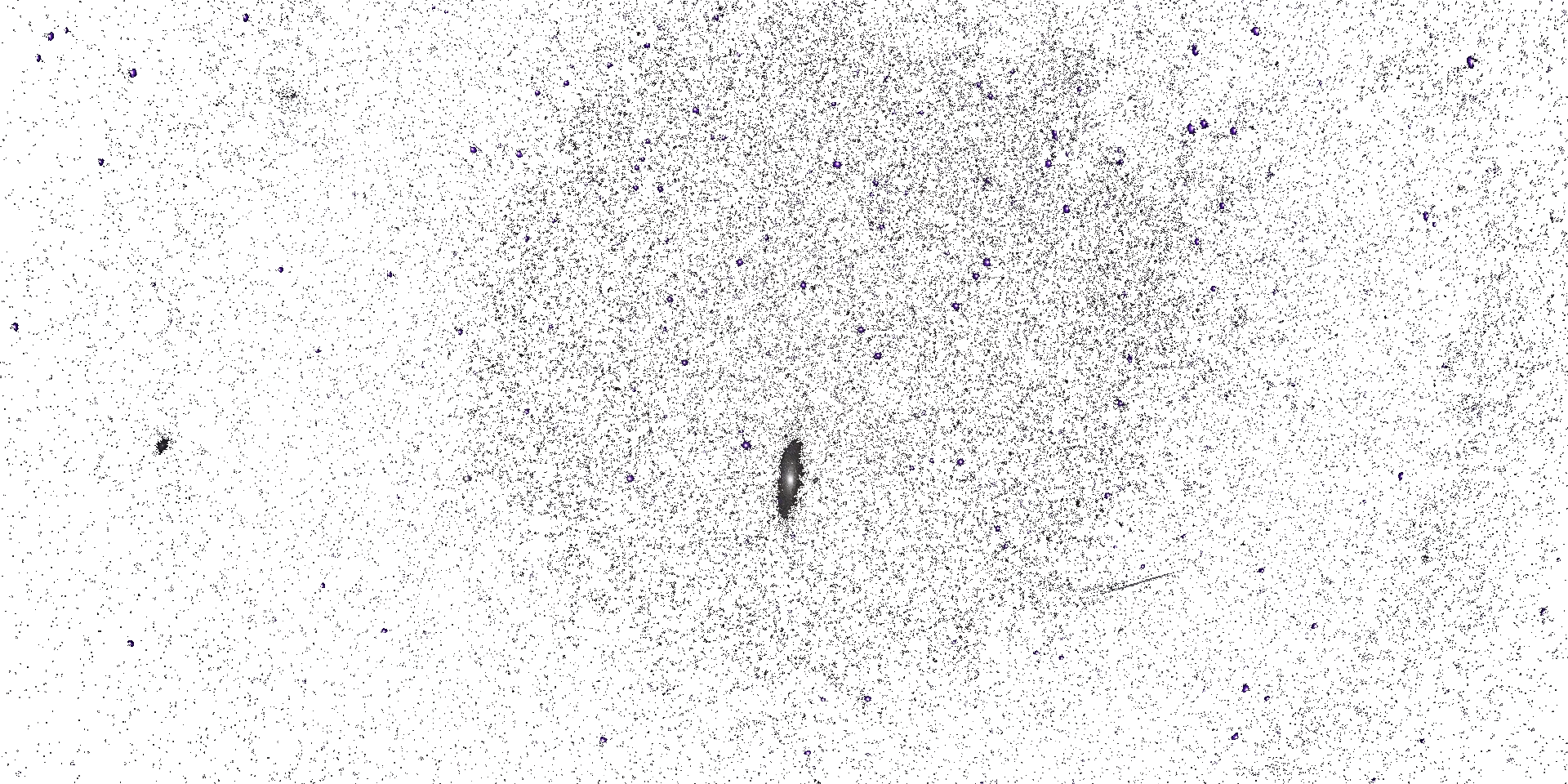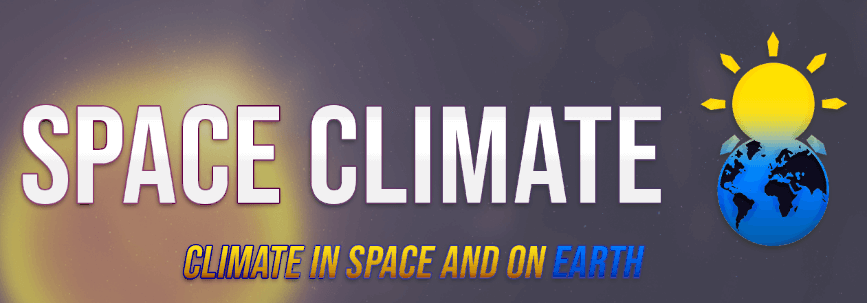




Space Climate 8 Meeting Abstract
An assessment of the impact of radiation belt electron precipitation onto the middle atmosphere
Miriam Sinnhuber (Karlsruhe Institute of Technology)
Energetic electrons accelerated in the terrestrial magnetosphere during auroral substorms and geomagnetic storms precipitate into the atmosphere at high latitudes. Primary collision processes with the most abundant species N2, O2, and O lead to the formation of nitric oxides (NOx=NO, NO2) primarily in the mesosphere and lower thermosphere (70—100 km), and start ion- and neutral chemistry reactions affecting many other trace constituents. Nitric oxides can be transported down into the stratosphere below 45 km altitude in large-scale downward motions over polar latitudes during winter, and destroy ozone there in catalytic cycles, the so-called “Energetic particle precipitation indirect effect”. As ozone is one of the key species in radiative heating and cooling of the stratosphere, changes in its composition directly affect stratospheric temperatures and start a chain of dynamical coupling mechanisms affecting atmospheric temperatures and circulation over large areas down to the troposphere. While the underlying processes leading from NOx formation in the mesosphere and lower thermosphere to stratospheric ozone loss are reasonably well understood, large uncertainties remain considering the frequency, strength and energy spectra of radiation belt electron precipitation events. Here we provide an overview of recent observations of radiation belt electron precipitation, and discuss its implication for middle atmosphere composition.
Mode of presentation: oral (Need to be confirmed by the SOC)
